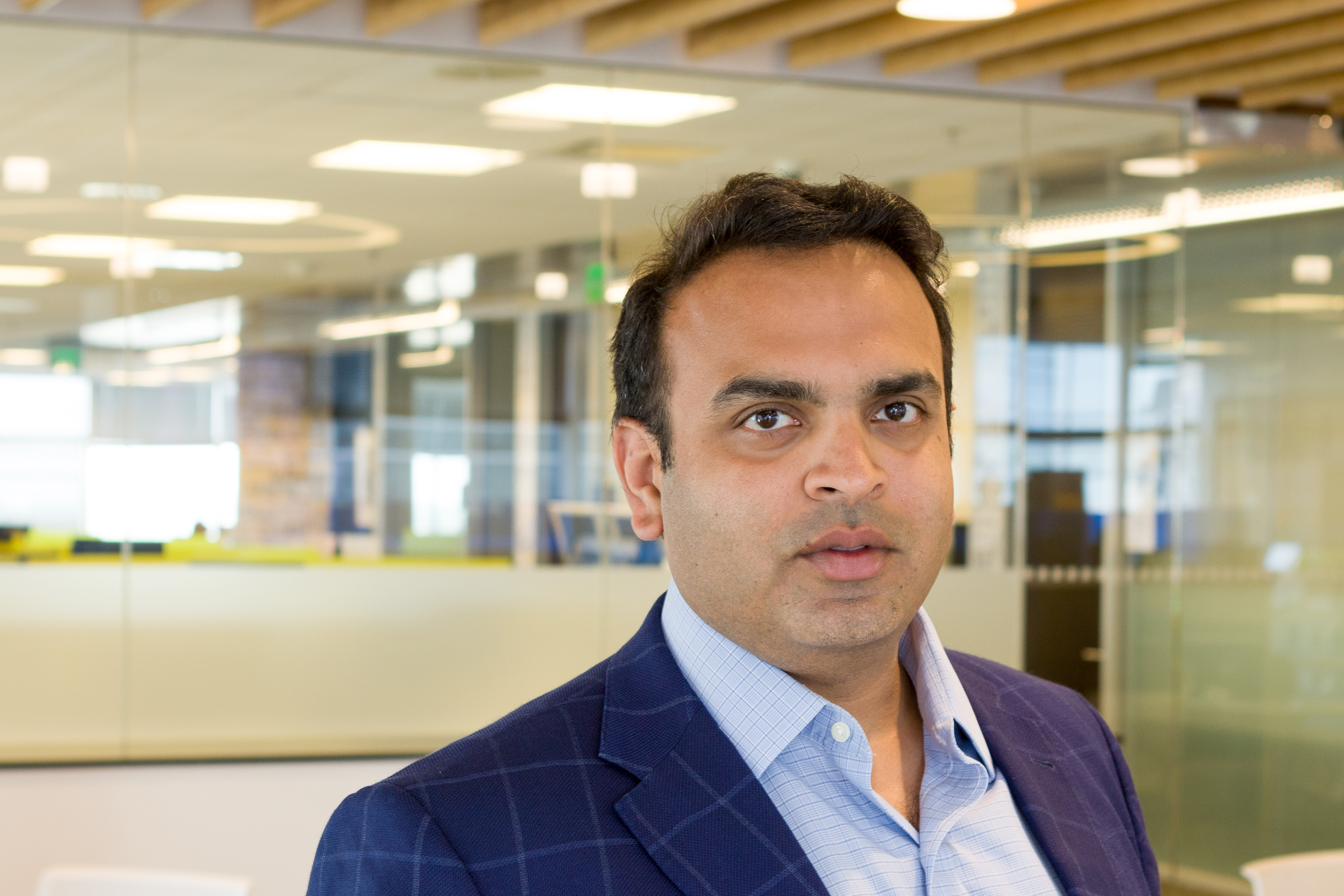EY refers to the global organization, and may refer to one or more, of the member firms of Ernst & Young Global Limited, each of which is a separate legal entity. Ernst & Young Global Limited, a UK company limited by guarantee, does not provide services to clients.
How EY teams applied the principles of digital transformation to the audit

The better the question
Could better connectivity drive a more insightful audit?
The audit has become a digital process, bringing new challenges for auditors and the companies they work with.
Companies have experienced a massive increase in the data they gather and have invested in ways to derive value from it. They have also invested in enterprise resource planning (ERP) and other systems to make financial processes faster, more transparent and more harmonized. In turn, companies want their auditors to use this technology to drive value and to ask insightful questions about the data as they audit.
But this isn’t a straightforward process. Large companies may have disparate, legacy systems, which makes gathering the data difficult, and some data may not be available in a digital format at all. ERP systems help to address this, but companies are at different stages of maturity in implementing these. A related challenge is that companies may be reluctant to share their data with an auditor unless they have full confidence that it will be secure.
These companies, particularly multinationals, require a consistent audit approach, so that an audit in one location is the same as an audit in another. They also want faster and more integrated communications from their auditors. These demands led to another significant challenge: how can technology facilitate consistency, transparency and improved communication for companies during the audit process?
The questions that followed from these challenges were:
- How could EY technology increase connectivity?
- How could EY teams realize the potential of a connected digital audit through centralization, standardization and automation?
- How could faster communication be facilitated?

The better the answers
A centralized, globally connected platform
The EY Digital Audit provides a consistent approach for companies around the world.
To help address the challenges of the technological revolution, the EY audit has been transformed into a digital-first process, supported by a US$600m investment in new audit technology.
This digital transformation process started four years ago, and the result was the creation of the EY Digital Audit, comprising: EY Canvas, a global audit platform; EY Helix, an analytics platform; and EY Atlas, a research platform. These are consistently deployed, so there is one version of the technology for EY people across the globe, and for audited companies through the EY Canvas Client Portal. This technology, in tandem with the organization’s Global Audit Methodology, ensures that EY member firms around the world provide a consistent audit.
The EY Digital Audit now connects more than 120,000 EY users across 150 countries, and 200,000 users at companies that EY member firms audit (with this number consistently increasing). Now in its fifth annual audit cycle, EY Canvas helps teams to deliver seamless audits across the globe.
Having a centralized system provides the ability to drill down to see exactly how the EY Digital Audit has been adopted.
Hermann Sidhu
EY EMEIA Assurance Leader
More than 75,000 EY professionals are also using EY Helix to embed analytics into every significant aspect of the audit. The EY Helix data analyzer library now processes more than 415 billion lines of financial data each year.
Having a centralized system provides the ability to drill down to see exactly how the EY Digital Audit has been adopted – across any jurisdiction, country or location – and doing this shows the high level of digital harmonization that has been achieved.
Digital harmonization also improves the quality of the audit, as it means the audit partner is getting the best possible and most up-to-date information on the progress of the audit.
Furthermore, the use of emerging technologies, such as artificial intelligence and blockchain, helps EY teams provide enhanced analysis and evidence to support conclusions. For example, the EY Blockchain Analyzer supports EY teams as they perform audits for companies that use cryptocurrencies. It enables audit teams to gather an organization’s total transaction data from multiple blockchain ledgers and then perform an analysis, reconciling and identifying transaction outliers.

The better the world works
A combination of technology and teaming that inspires trust
How the EY Digital Audit enhances transparency and accountability.
This is a transformation, not just in technology, but in how EY professionals help to deliver audits and how they serve stakeholders. These include the CEO, CFO, Chief Technology Officer, the company’s management in general, its audit committee, shareholders and lenders, regulators and the wider financial community.
Company management and finance teams now experience an audit that is more effective. It enhances their experience in supporting the audit and frees up time to focus on the issues that matter. EY auditors can also help companies identify problems or areas where they can become more efficient. For example, they can identify where teams in their organization are taking longer than the target number of days to close the books.
Empowering organizations to unlock insight from the vast amount of data they generate helps them to manage their risks, improve effectiveness and, ultimately, to succeed in this fast-changing environment.
Hermann Sidhu
EY EMEIA Assurance Leader
Having a consistent and globally connected audit platform is a significant differentiator. This connectivity means that issues in different countries can be dealt with more quickly, and it dramatically reduces the number of “late surprises” that companies might receive.
Audit committees can also benefit from greater risk insights and new perspectives through the ability of EY auditors to analyze data and provide enhanced visibility over companies’ financial reporting and processes. Similarly, investors can be more confident in the financial reporting of the companies in which they invest.
The bigger picture is that the EY Digital Audit enhances transparency and accountability, thus inspiring the trust among a wide range of stakeholders that is needed to help a complex financial world to work. Empowering organizations to unlock insight from the vast amount of data they generate helps them to manage their risks, improve effectiveness and, ultimately, to succeed in this fast-changing environment.
These wider goals are fundamental to the role that EY teams play in serving the public interest, helping to provide confidence in the world’s capital markets and fulfilling the EY purpose of building a better working world.




